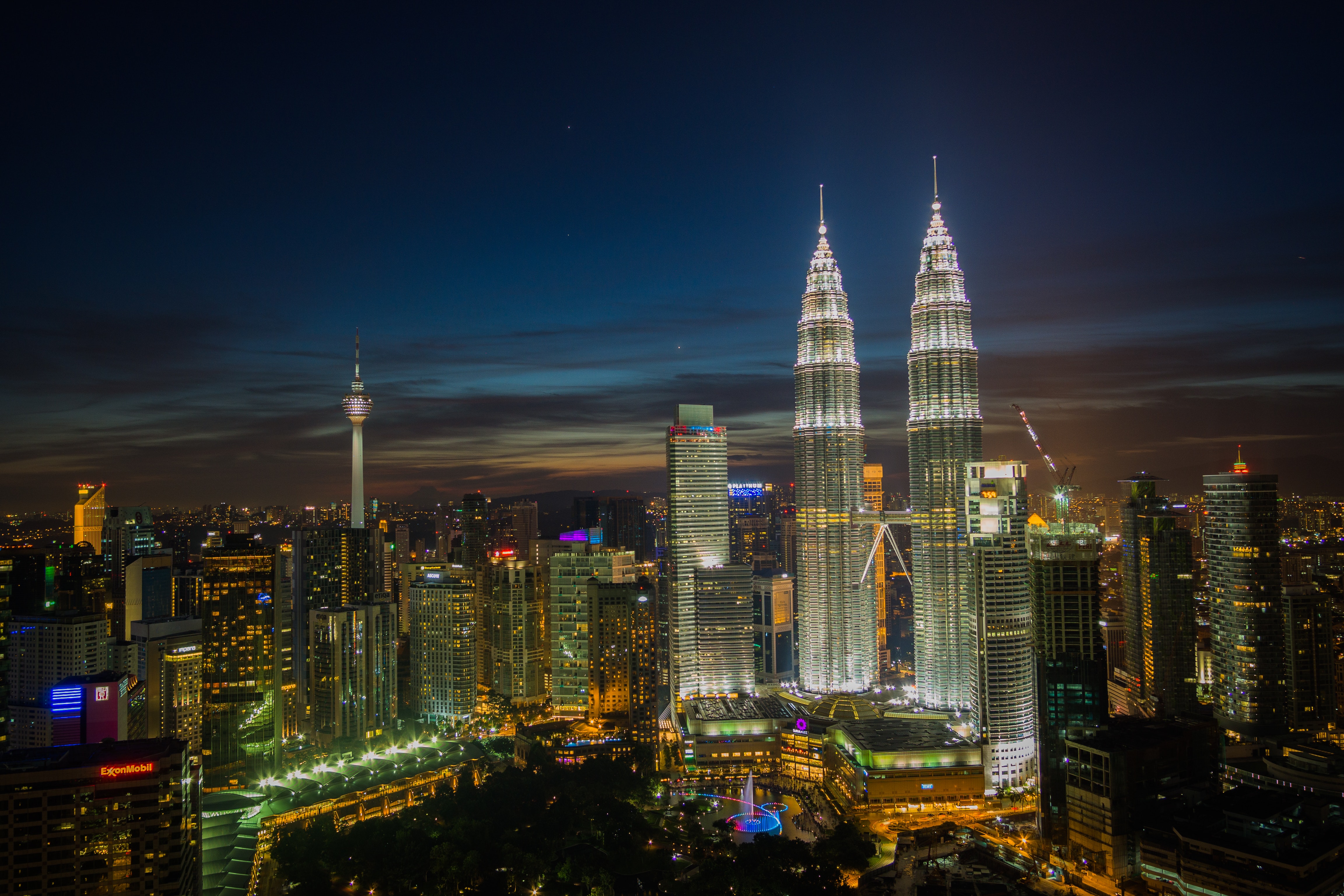KUALA LUMPUR, Aug 15 — RHB Investment Bank Bhd (RHB IB) has maintained its forecast for Malaysia’s 2025 gross domestic product (GDP) growth at 4.2 per cent, with an upside potential of up to 4.4 per cent.
“Growth in the second half of 2025 (2H 2025) is expected to moderate to 4.2 per cent (1H 2025: 4.4 per cent), as front-loading activities dissipate and the impact of tariffs gradually sets in.
“Nevertheless, several factors should support the outlook; clearer guidance on the United States’ (US) tariff rates, easing US-China trade tensions, domestic stimulus measures, and robust consumer and investment spending,” it said in a note today.
The recent cut in US reciprocal tariffs on Malaysia (to 19 per cent from 25 per cent) and the extension of the US-China trade truce to November 10 should provide short-term relief and lift manufacturing sentiment.
“Domestically, the RM2.0 billion Merdeka cash handouts are expected to give a modest boost to consumption, adding an estimated 0.2 percentage point to GDP for 2025, based on a 0.5 marginal propensity to consume and Sales and Service Tax (SST) rates of five to 10 per cent,” RHB IB said.
Its forecast already incorporates downside risks, with the revised US tariff structure estimated to shave up to 0.43 percentage points from the earlier 4.5 per cent projection.
“We remain vigilant to potential pressures on trade and manufacturing from changes in US tariff policies and the possible introduction of sector-specific measures, particularly on semiconductors,” RHB IB said.
While external developments warrant a cautious outlook, Malaysia’s domestic economy continues to show resilience, supported by robust consumer spending and steady investment activity.
“Strategic measures under the Madani Economy framework — including the National Energy Transition Roadmap and the New Industrial Master Plan 2030 — are set to stimulate investment flows over the medium term,” it said, adding that specific domestically oriented industries remain relatively insulated from global uncertainties.
“Sectors such as retail and consumer goods, construction, healthcare, education, and utilities are sustained mainly by local demand and are less reliant on the external environment.
“For example, the retail sector is likely to keep benefitting from a firm labour market and rising household incomes while the construction sector is expected to gain momentum from continued activity in the non-residential, special trade, and residential segments,” RHB IB noted.
Earlier today, Bank Negara Malaysia (BNM) governor Datuk Seri Abdul Rasheed Ghaffour said that the central bank has maintained its 2025 GDP projection at between 4.0 per cent and 4.8 per cent, taking into consideration a range of possible outcomes from tariff negotiations.


